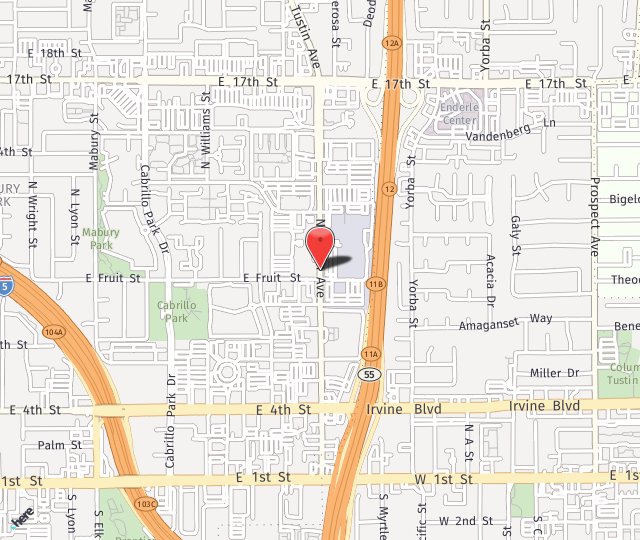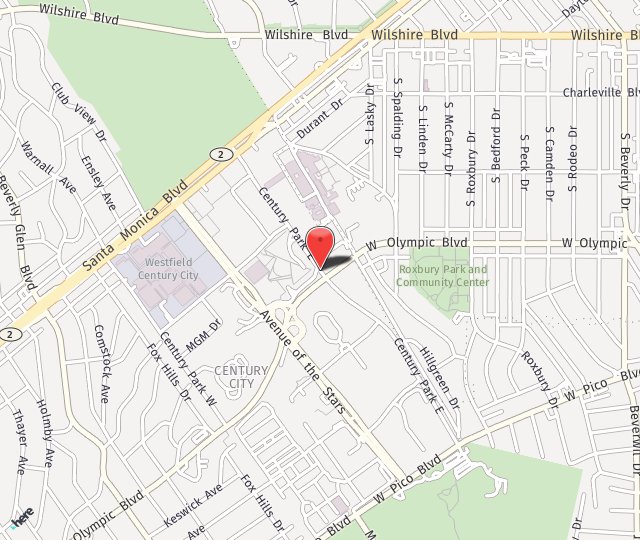The elbow is a complex joint that consists of the upper arm bone (humerus) and one of the lower arm bones (ulna) connected by a hinge, or a joint that only moves in one direction. Although many of these conditions can be treated through conservative methods, but some may require surgery to effectively relieve pain and restore function to the joint. Your doctor will decide which type of treatment is best for you after a thorough evaluation of your condition. The elbow is not protected by muscle or fat like most other joints which makes it more vulnerable to injury. The elbow is one of the most important joints in the body as it allows the arms to bend and twist.
Some of the most common elbow conditions we treat include:
- Tennis Elbow (Lateral Epicondylitis)
- Golfer’s Elbow (Medial Epicondylitis)
- Olecranon Bursitis
- Cubital Tunnel Syndrome
Tennis Elbow (Lateral Epicondylitis)
Tennis elbow, also known as lateral epicondylitis, is an elbow injury that occurs as a result of overuse. The pain associated with this condition affects the lateral epicondyle, the area where the forearms’ tendons connect with the bony outer portion of the elbow. While named from the tennis injury, this condition can occur from any activity that involved repetitive grasping, lifting, and even typing. While tennis elbow typically affects adults aged 30 to 50, anyone who continually stresses their elbow and forearm are at risk of developing this condition.
Treatment of lateral epicondylitis may include the following and typically resolves with simple non surgical care along with rest. Anti inflammatory medication, icing of the affected area, forearm band or brace, and physical therapy exercises typically provide a cure. The use of a cortisone injection by rapidly reducing inflammation may speed the healing process. Surgery if rarely required and is only recommended after failure of non surgical care or the rare case where there is a significant partial tear of the tendon.
Golfer’s Elbow (Medial Epicondylitis)
Medial epicondylitis, more commonly known as Golfer’s Elbow, is a form of tendonitis that manifests on the inner side of the elbow. It is caused by the tendon in the forearm being stressed from constant use. While it is named from the golfing injury it can occur in any activity that places stress on the forearm muscles including other sports and work.
Golfer’s elbow is generally treated using anti-inflammatory medication, as well as rest from the activity causing the injury, and rehabilitation of the elbow. This along with Lateral Epicondylitis typically responds well to a cortisone injection which often promotes a rapid reduction of the inflammation and healing. Surgery is rarely required for this condition and is only considered when non surgical treatment fails.
Olecranon Bursitis
Olecranon bursitis, also called elbow bursitis, involves the development of a fluid-filled sac between the loose skin and bone of the back of the elbow. This condition typically occurs after a fall onto the elbow, or from prolonged pressure on the elbow, and may cause pain, swelling and limited motion of the elbow joint. Rarely the bursa sac may become infected causing fevers, chills, sweats and redness.
Treatment for olecranon bursitis depends on the cause and severity of the condition, but may include applying ice, rest, fluid drainage and cortisone injection. When there is an associated infection the treatment requires antibiotics. Severe cases or those that do not respond to conservative treatment may require surgery to remove the bursa sac.
Cubital Tunnel Syndrome
Similar to carpal tunnel syndrome, cubital tunnel syndrome causes pain and numbness as a result of long-term nerve inflammation. In cubital tunnel syndrome, the ulnar nerve is affected at the site of the cubital tunnel, located along the inner (medial) aspect of the elbow. Inflammation of the nerve may occur as a result of frequent bending of the elbow or direct pressure and trauma to the nerve.
Patients with this condition often experience pain and numbness on the outside of the hand and wrist, especially after the elbow has been bent for a long period of time. Your doctor can diagnose this condition through a physical exam and nerve conduction velocity test.
Treatment for cubital tunnel syndrome may involve anti-inflammatory medication, splints, braces or life changes to relieve symptoms or prevent them from recurring. For symptoms that do not respond to conservative methods, surgery may be needed to relieve pressure on the ulnar nerve, which can be done through ulnar nerve transposition (surgically placing the nerve in a different protected location).






